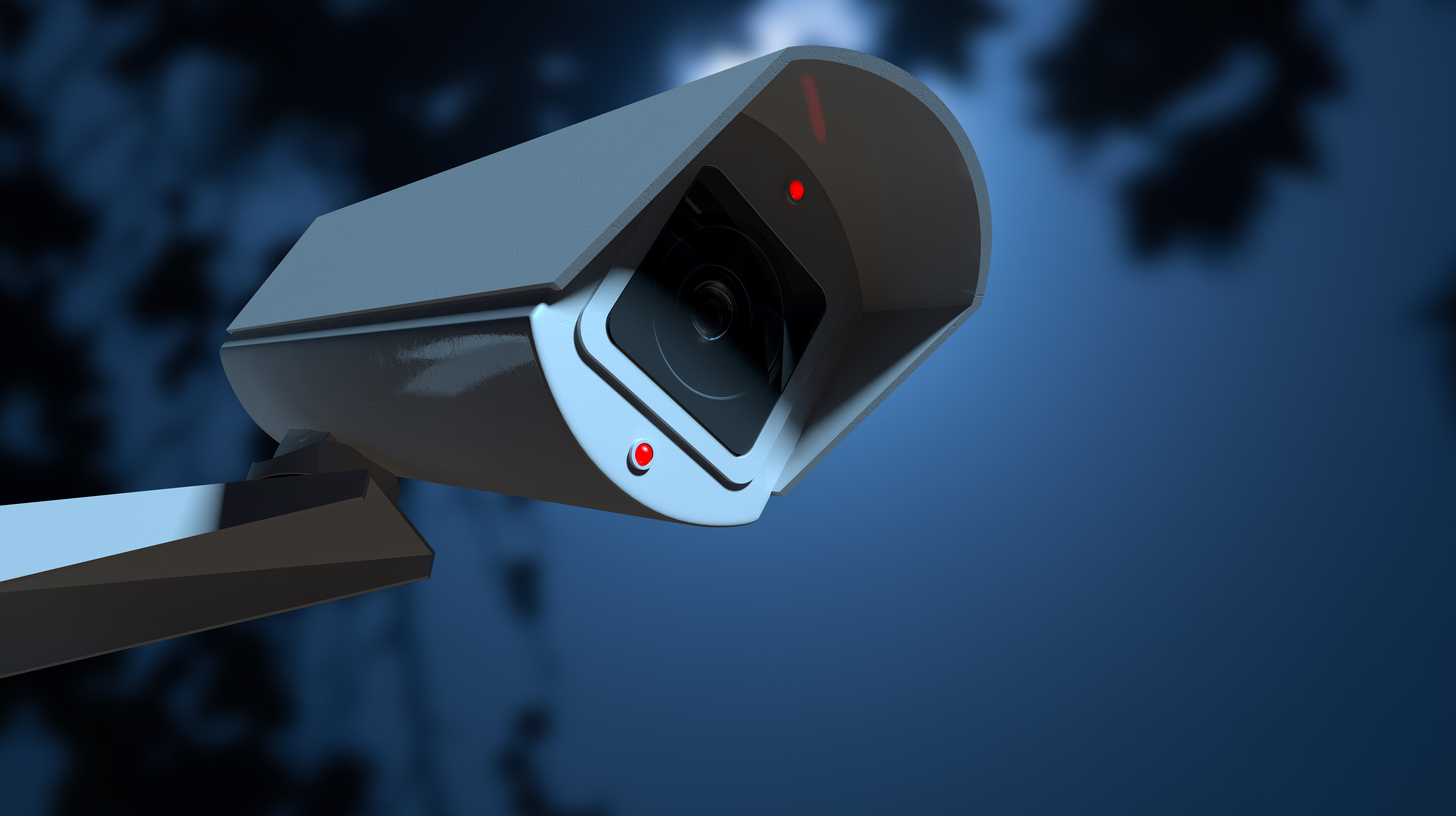How Artificial Intelligence is Revolutionizing Investigation for Law Enforcement

Editor’s Note: This post was originally published in August 2018, and has been refreshed and updated for accuracy.
Making Sense of Digital Data Sources
Intelligence is a central function of law enforcement and a critical resource for enabling effective and efficient investigations. In today’s technology and data-driven society, there are seemingly endless sources for evidence collection, making digital content a key driver of intelligence for investigations. Law enforcement can analyze and process digital data sources – like mobile phones, social media profiles, and video surveillance footage — by leveraging technology to advance investigations and boost their intelligence.
How Artificial Intelligence Processes Digital Data
When tackling an investigation, it’s critical to acquire as much information as possible because you never know which detail will crack the case. At the same time, too much intelligence can be detrimental – causing critical information to become lost or buried — if there is no way to efficiently review and interpret the information. Agents and officers are therefore forced to set priorities for intelligence review and collection at the start of an investigation, so they can strike a balance between dedicating time and manpower to evidence extraction from data sources and allocating resources to other activities for driving the investigation.
Artificial Intelligence technology enables law enforcement to overcome this challenge by accelerating the processing of information. With Deep Learning, — a type of machine learning in which neural networks are trained to recognize patterns from massive amounts of data — investigators can leverage solutions that process raw data and structure it into indexes and dashboard visualizations for easier analysis and interpretation. When the data is extracted, identified, and classified, it becomes easier to evaluate the evidence and leverage the findings to solve a case.
For instance, an AI-backed tool can be used to analyze a victim’s cell phone. Drawing data from the mobile device, Artificial Intelligence can highlight communication patterns and index the objects captured in the victim’s photos, making data collection and interpretation more manageable for identifying suspects and understanding events.
Advantages of Artificial Intelligence for Investigations
When organized into easily interpretable dashboards, data can become searchable, actionable, and quantifiable. For investigators, this means increased ability to support effective case management, reduce time-to-target, review more information with the same – or less – manpower, and increasing operational efficiency with Big Data.
- Faster Time-to-Target: With Deep Learning technology doing the initial evaluation of digital content, detectives save critical time on evidence review. If investigators have a known target, it can be easily detected, identified, and tracked across the digital data. Even more importantly, when there is not a known suspect, or supporting evidence is scarce, investigators can uncover details quickly by reviewing the metadata that has been structured by AI.
- Review More, with Less: Data excess doesn’t need to inhibit investigation progress. By enabling faster review of organized data, the same amount – or even fewer – investigators can comb through vast information faster and more effectively, empowering investigators to drive their cases with speed and precision.
- Big Data and Benchmarking: Once data is structured, it becomes easier to evaluate activities and measure effectiveness beyond investigations. With quantifiable data at their fingertips, law enforcement agencies can A/B test or benchmark the success of their initiatives based on data insights.
Driving Video Investigations with AI-Backed Analytics
Video surveillance footage is a crucial digital data source and a key driver of investigations. Now Video Content Analytics (VCA) technology is helping law enforcement realize the full value of their video surveillance investments. By processing video and breaking it down into objects and behaviors that appeared, VCA enables law enforcement to search through more video evidence more efficiently, achieving results while dedicating fewer officers to video investigation.
For instance, when multiple cameras cover the expanse of a crime scene, recording the area from every angle, the investigators can process all the video and search for evidence. Whereas having to manually review this video would require prioritizing which recordings and feeds to evaluate, with VCA, officers can leverage all the data at their disposal without having to dedicate significant manpower or time to the task.
Furthermore, as you can see in the video below, law enforcement can utilize video from multiple local sources captured over the days leading up to an incident to effectively track suspect movement at and around the scene. These AI tools help focus investigation efforts and critically save time.

Artificial Intelligence for Optimizing Security and Operational Efficiency
While the ability to accelerate investigations is arguably one of the most important capabilities for law enforcement today, video content and digital data sources offer intelligence that can be used for any number of law enforcement activities. From productively driving safe city transformation to immediate and proactive response to public safety threats, with AI-backed technologies enabling efficient and effective processing of data, law enforcement agencies can leverage their existing data sources for deeper actionable insights that promote increased security and operational efficiency.
To see how law enforcement is leveraging AI video analytics to help manage intelligence more productively and effectively, check out our Law Enforcement Infographic!
Signup to receive a monthly blog digest.